Beyond Algorithms
-

Synthetic Dreams: How AI Explores Imagination and Sleep
.
Key Takeaways AI ventures far beyond code, constructing dreamlike realities that rival the subconscious artistry of the human mind. Machine learning models such as Generative Adversarial Networks (GANs) conjure vivid, surreal dreamscapes that echo the evocative nature of authentic dreams….
-

Quantum AI Explained: Interpreting Subatomic Phenomena with Advanced Computing
.
Key Takeaways Quantum AI transforms abstract theory into practical tools. The era of quantum computing is no longer confined to academic research; it is now unlocking actionable solutions for industries as diverse as healthcare, finance, logistics, and environmental modeling. Quantum…
-

How Predictive AI is Shaping the Future of Temporal Perception
.
Key Takeaways Predictive AI is challenging traditional notions of time, offering systems that influence subjective perception by forecasting behaviors and adjusting real-time experiences. These advances have the potential to reshape how humans experience duration and sequence in everyday and extraordinary…
-

Glitch Aesthetics: Turning Digital Errors into Artful Expression
.
Key Takeaways Glitch aesthetics celebrates the beauty of digital imperfection, transforming accidental errors into intentional artistic expression. By embracing technological flaws, glitch art redefines creativity and challenges the relentless pursuit of flawless digital production. Glitch art leverages visual distortions and…
-

Can AI Inspire Creativity? Exploring the Algorithmic Muse
.
Key Takeaways AI flourishes as a creative provocateur, not just a utilitarian tool. Instead of merely automating routine work, AI spurs human innovation by acting like a set of artistic constraints. It pushes creators beyond habitual boundaries and inspiring novel…
-

AI Synesthesia: How Machines See Sound and Hear Color
.
Key Takeaways Multimodal AI delivers a unified sensory experience. Rather than treating sight, sound, and touch as isolated streams, these systems integrate diverse modalities into a cohesive latent space, enabling seamless cross-modal understanding and collaboration between inputs. Generative synesthesia enables…
-

AI Authorship and Virtual Worlds: Exploring Rights and Ethics
.
Key Takeaways AI challenges traditional notions of creativity: Artificial intelligence as a co-creator shifts our understanding of originality, merging human intention with machine-generated input to foster hybrid creative expressions that transcend established norms. Blurred ownership in AI-human collaborations: Collaborative works…
-
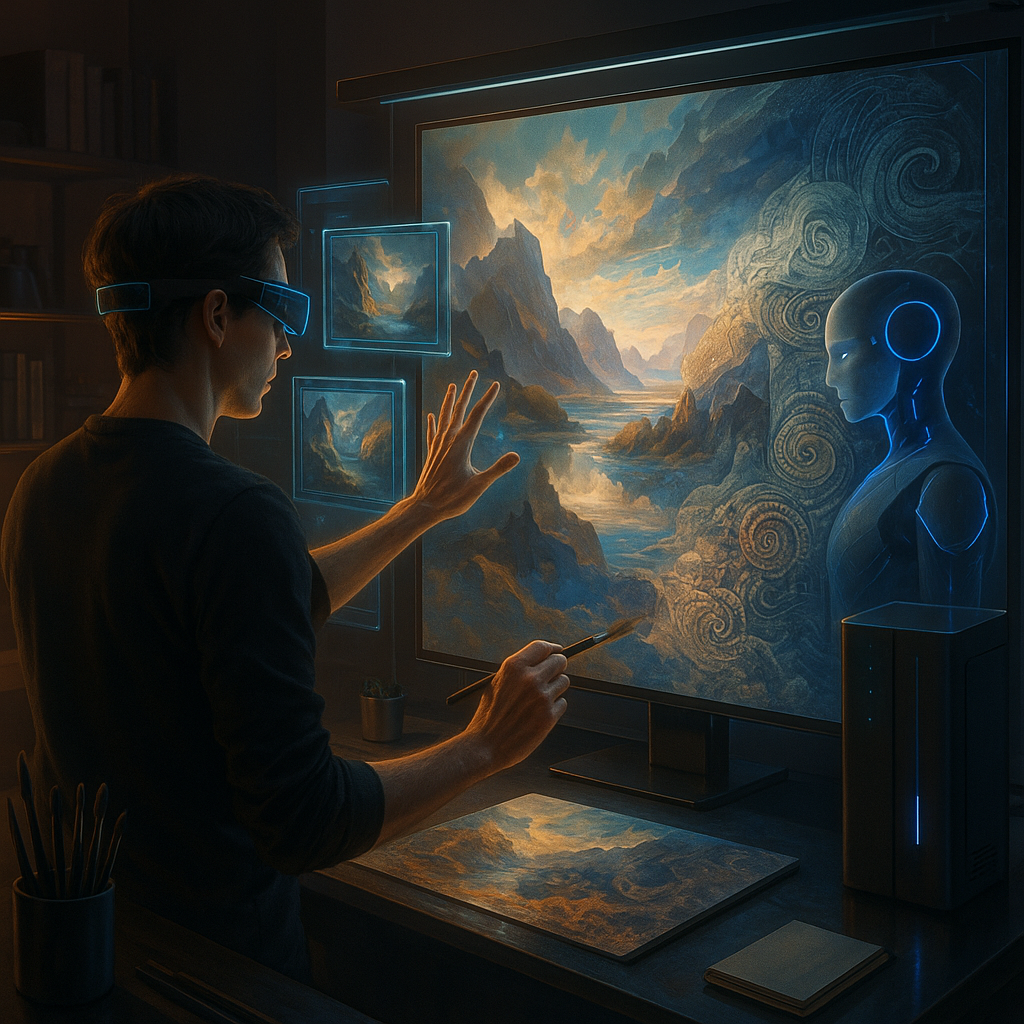
AI Abundance and the Surreal Future of Human Creativity
.
Key Takeaways AI abundance creates a collective digital dreamscape. The proliferation of AI-generated content reveals a hidden psychological layer: a digital subconscious where human and machine creativity intermingle, setting the stage for new aesthetic paradigms. Radical abundance redefines artistic value…
-
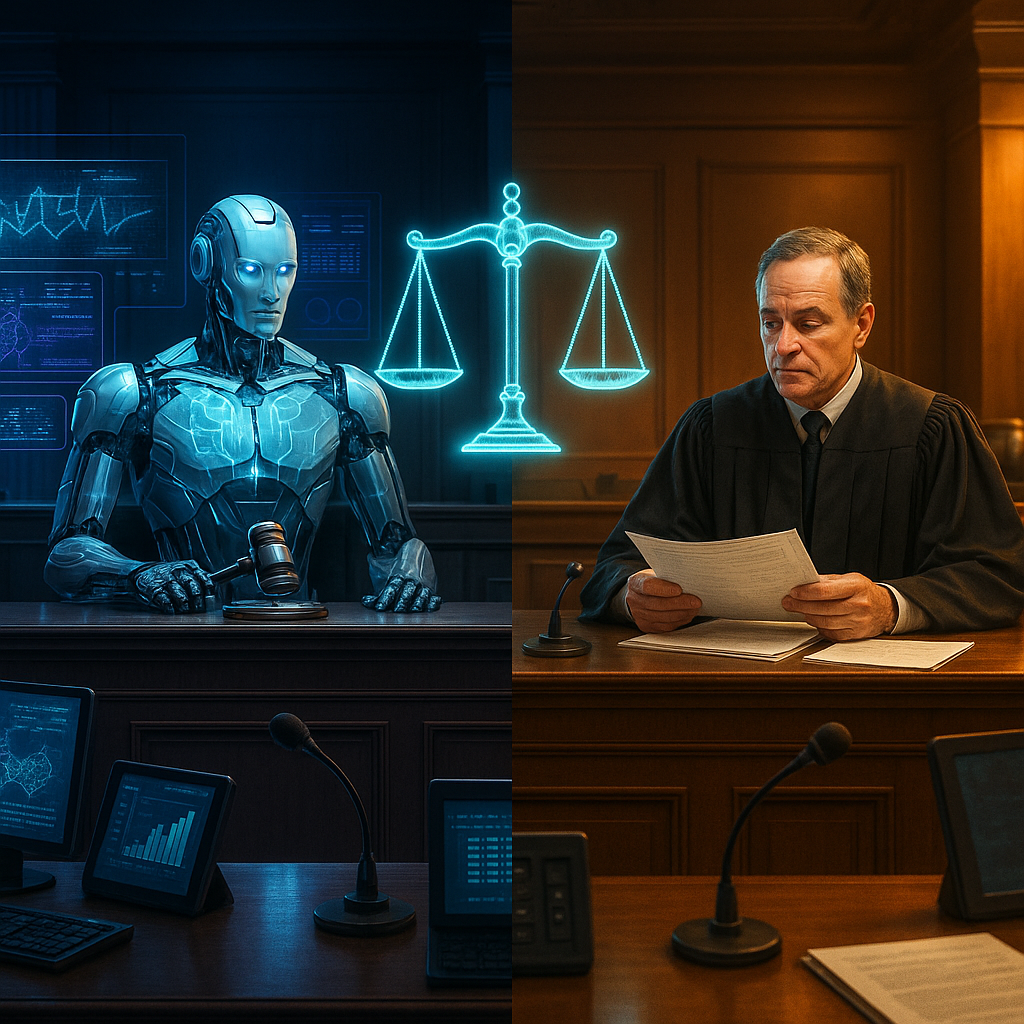
AI Intuition and Justice: Can Machines Truly Understand Fairness?
.
Key Takeaways AI intuition diverges fundamentally from human intuition. Rather than mimicking human cognition, AI develops a distinct form of ‘machine intuition’ rooted in data-driven abstraction and pattern recognition, which is reshaping how algorithms interpret fairness across varied legal and…
-
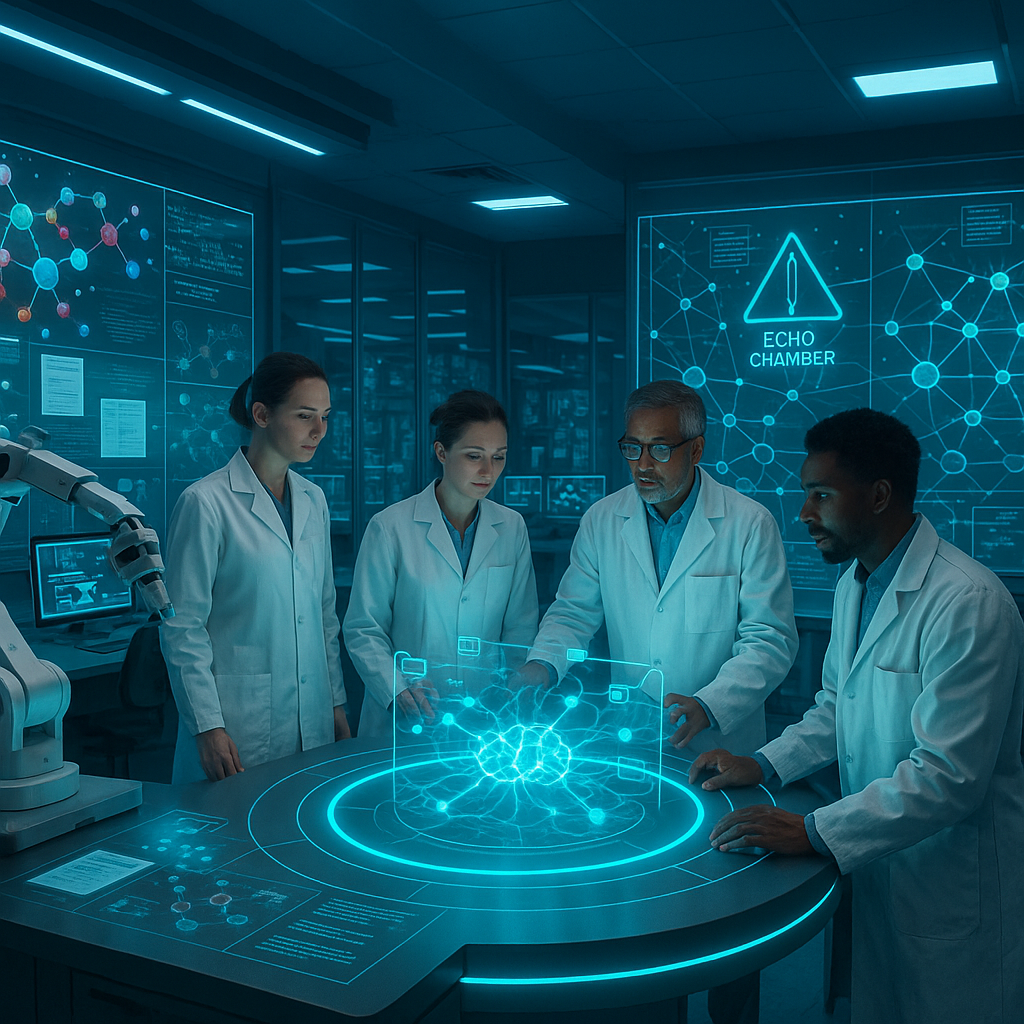
Scientific Language Models: Advancing Discovery or Reinforcing Echo Chambers?
.
Key Takeaways Specialized AI accelerates discovery, but risks domain silos. Scientific language models (SLMs) surpass general-purpose AI in tackling domain-specific tasks, driving remarkable advances in research efficiency. Yet their hyper-specialization can foster intellectual silos that obstruct fruitful interdisciplinary collaboration, impeding…
-
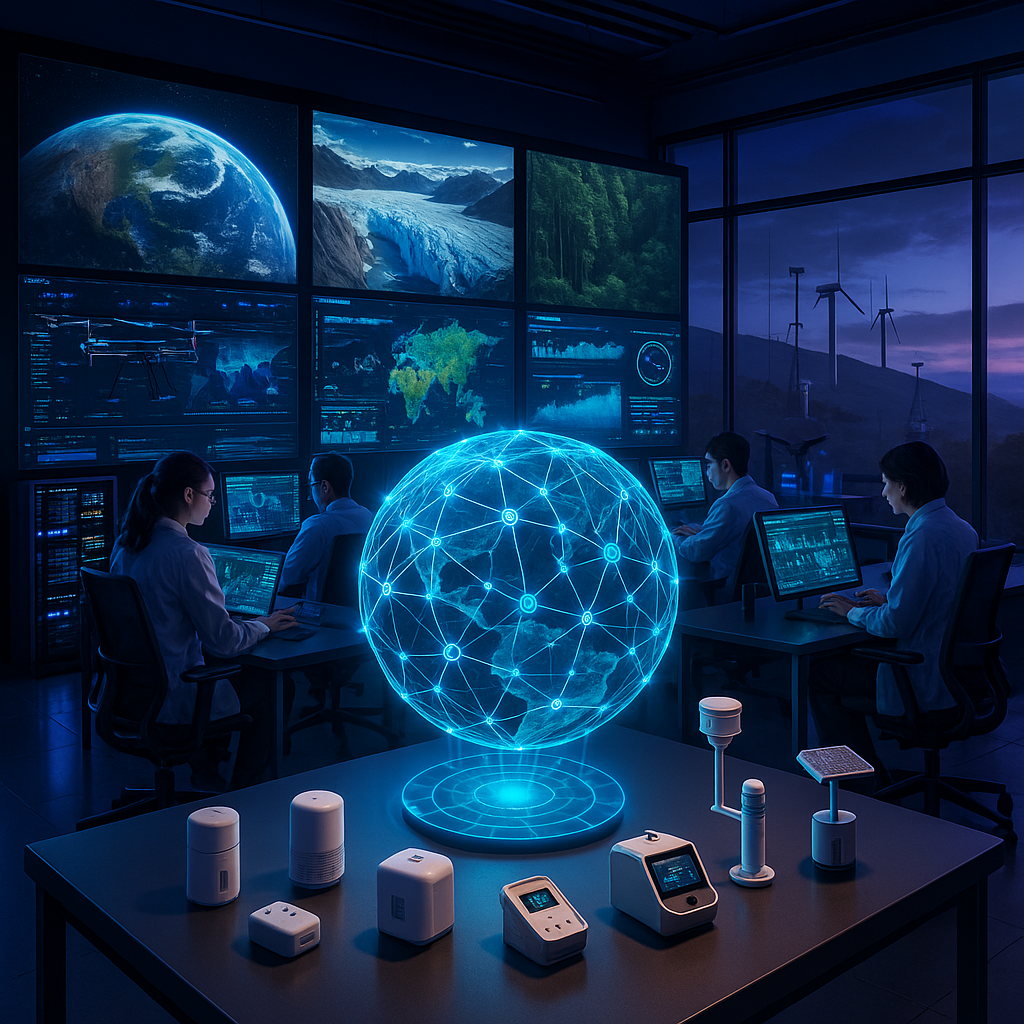
GeoAI: How AI Transforms Environmental Monitoring and Planetary Sensing
.
Key Takeaways GeoAI systems are evolving beyond labeled archetypes to function as a planetary nervous system, perceiving Earth as a deeply interconnected whole and adapting to planetary-scale data flows. Adaptive AI sensors are revolutionizing environmental monitoring. By embedding advanced machine…
-
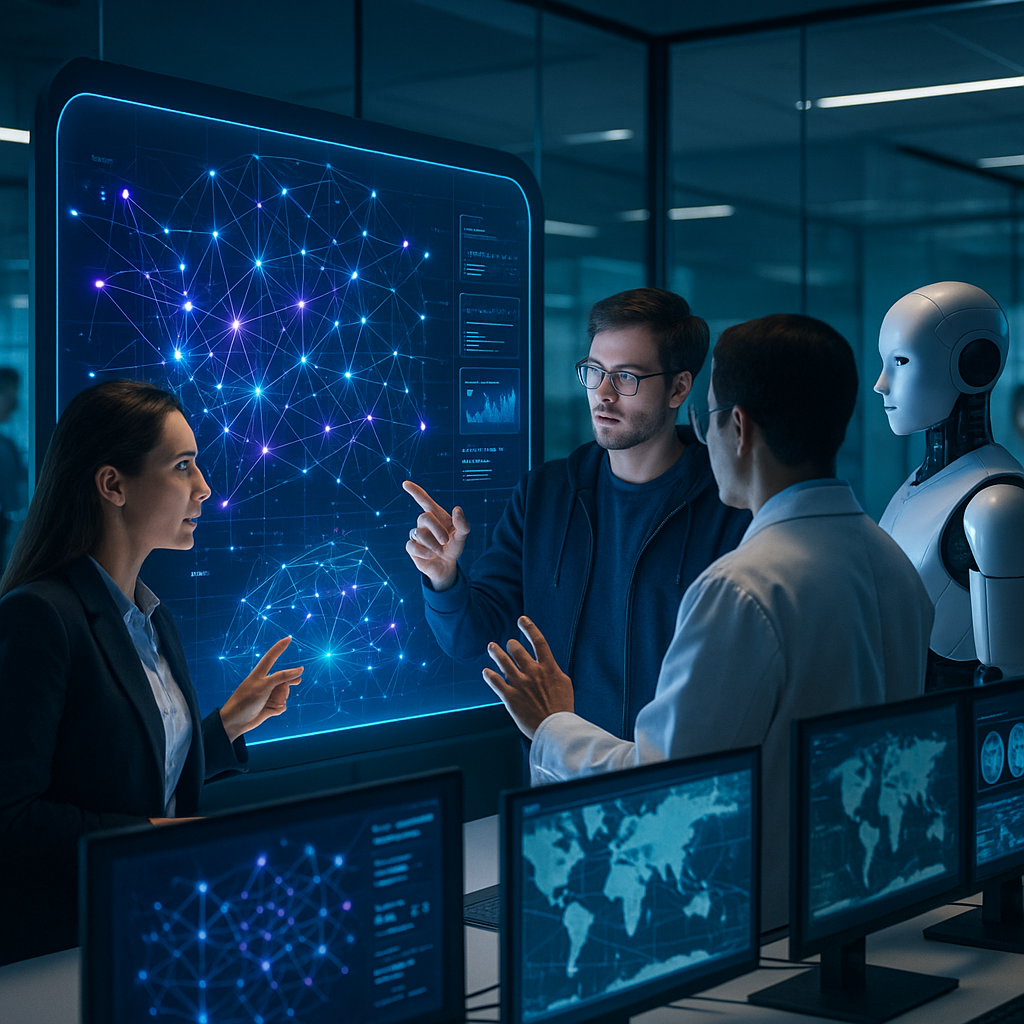
AI and Collective Intelligence: Automating Abundance in a Post-Scarcity Era
.
Key Takeaways AI is fundamentally reshaping collective intelligence, forging new opportunities for human-AI collaboration that thrive in a post-scarcity economy. The following highlights reveal how AI-driven automation is amplifying human potential and nurturing abundance through superior group performance. AI boosts…
-

AI and Algorithmic Justice: Redefining Authorship and Authority in Law
.
Key Takeaways AI is redefining authority in judicial processes. Artificial intelligence now participates as “co-author” in legal rulings, transcending its earlier role as an administrative tool and reshaping longstanding ideas of human authority in the legal domain. Algorithmic bias demands…
-
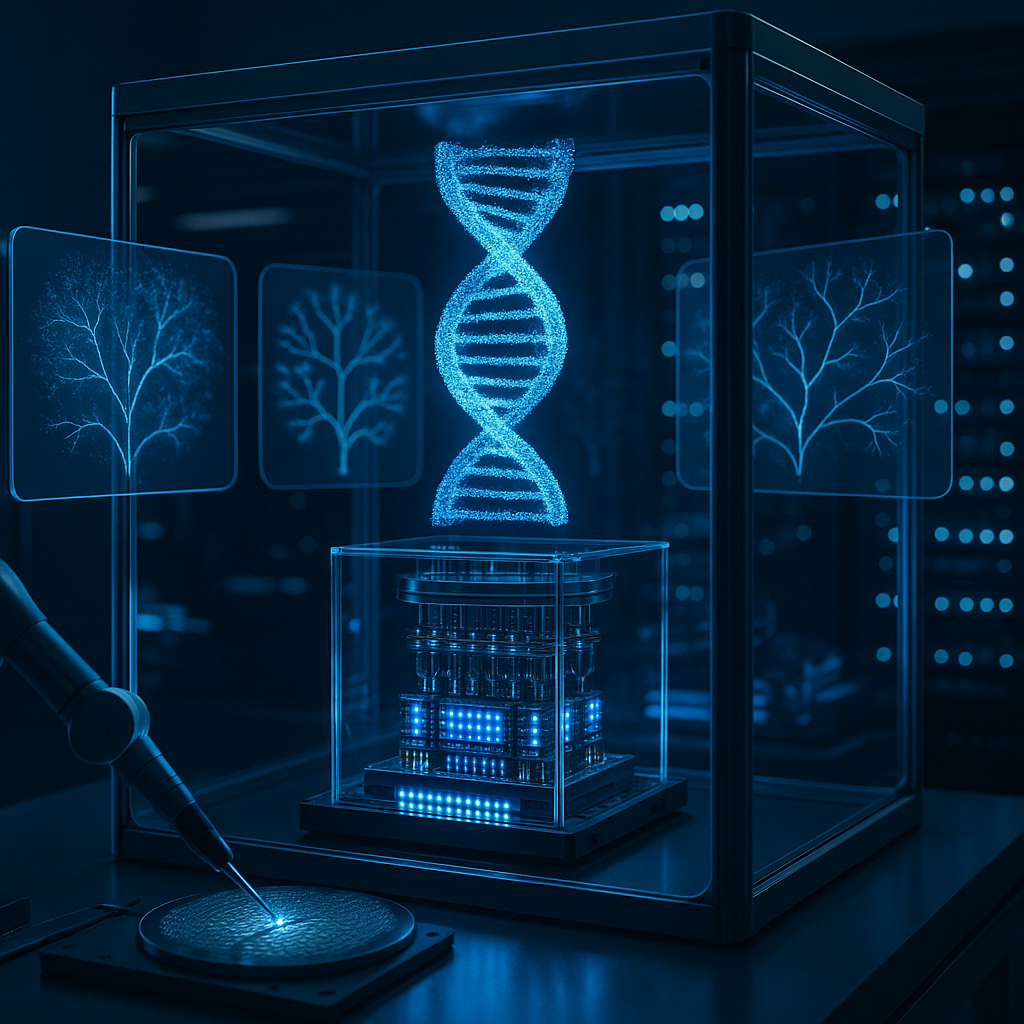
AI and Evolution: Redefining Our Understanding of Adaptation
.
Key Takeaways AI mirrors evolutionary selection through iterative learning. Just as natural selection fosters adaptation in nature, AI advances by iteratively training neural networks that “adapt” to their input data and operating environments, refining responses and strategies over time. Complexity…
-
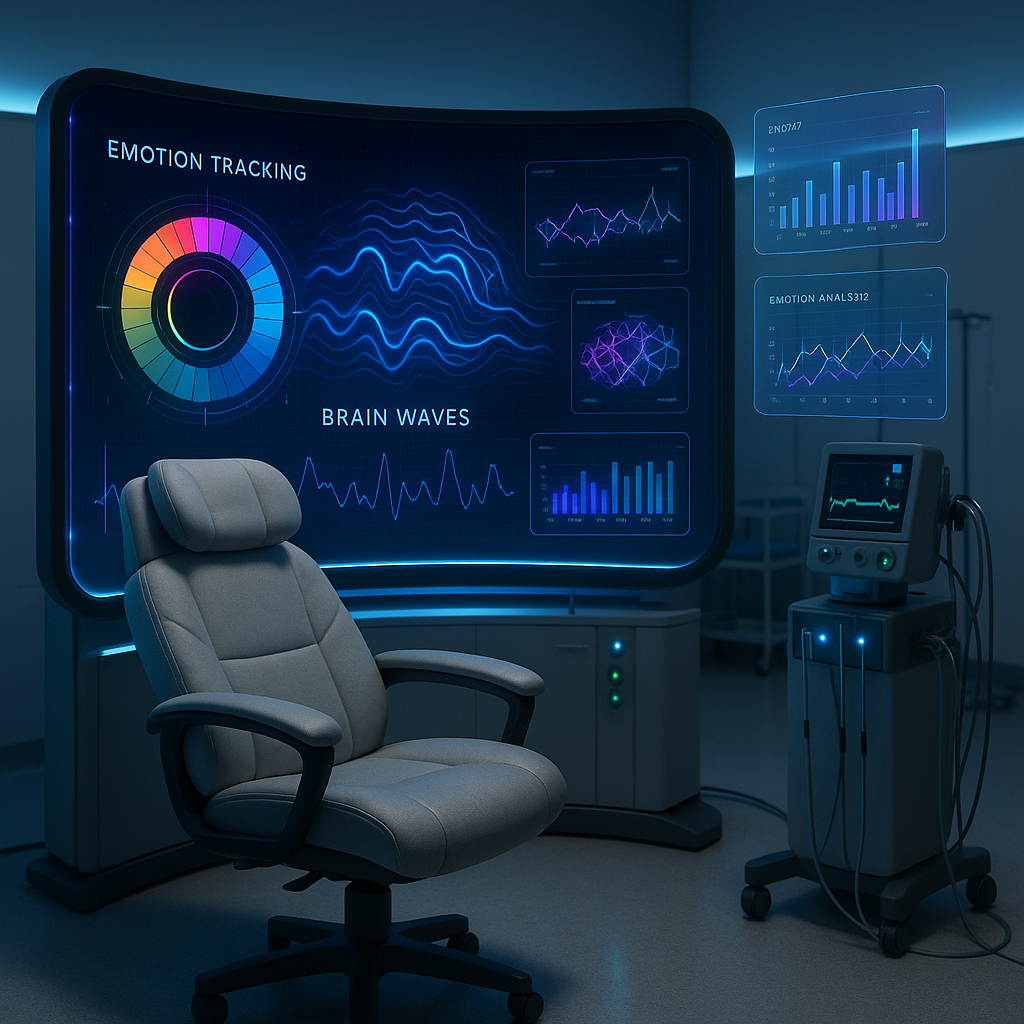
AI Empathy Explained: Understanding Machine Emotional Intelligence
.
Key Takeaways AI empathy is simulation, not sensation. Unlike humans, AI does not “feel” emotions. Instead, it recognizes patterns in behavior and speech to simulate an empathetic response. This is computational empathy, an analysis, not an emotional experience. Machines excel…
